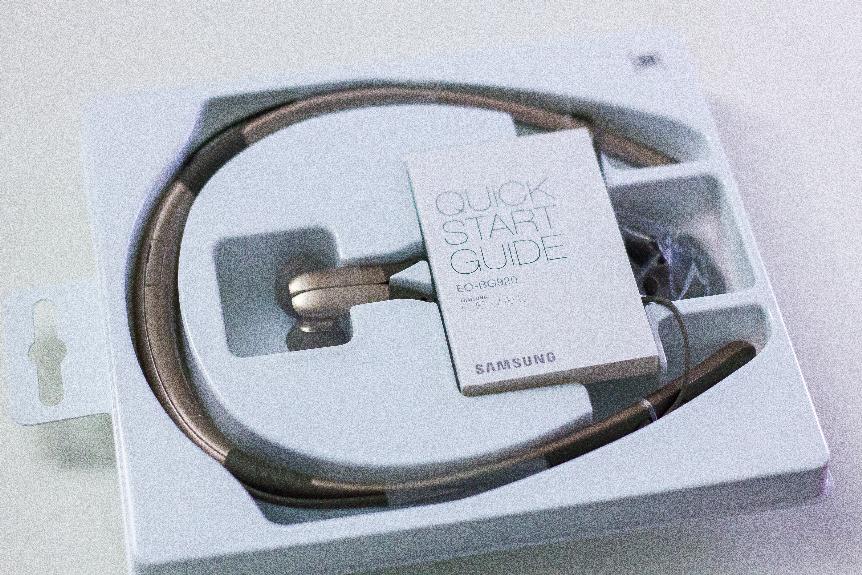No products in the cart.

I've got the inside scoop on the must-have gear for creating killer synthwave music.
From top-notch synthesizers and drum machines to MIDI controllers and audio interfaces, this comprehensive guide will equip you with everything you need to produce those nostalgic, retro-futuristic vibes.
Trust me, as a synthwave aficionado myself, I've spent countless hours exploring the market and testing out various equipment.
So, let's dive in and get you set up with the essential tools to take your synthwave creations to the next level.
When creating synthwave music, I find synthesizers to be an essential tool. Synthesizers offer a vast array of sound design techniques that are crucial for achieving the distinct retro-futuristic sound of synthwave.
One particularly effective technique is vintage synth emulation, which allows me to recreate the iconic sounds of classic analog synthesizers from the 1980s. By emulating vintage synths, I can capture the warm, rich tones that define the genre. This involves meticulously recreating the unique characteristics of these vintage instruments, such as their oscillators, filters, and modulation capabilities.
Vintage synth emulation plugins and hardware synthesizers provide me with the flexibility and control to experiment with different timbres and textures, allowing me to craft the perfect soundscape for my synthwave compositions.
To enhance the retro-futuristic sound of my synthwave compositions, incorporating drum machines is essential. Drum machines offer a wide range of possibilities, allowing me to create unique and captivating rhythms. When it comes to programming techniques, it's important to experiment with different patterns and variations to add depth and complexity to the music. By adjusting parameters such as tempo, swing, and accent, I can create grooves that are both dynamic and engaging.
For beginners looking to explore the world of drum machines, there are a few options that are highly recommended. The Korg Volca Beats and the Roland TR-8S are both excellent choices, offering intuitive interfaces and a variety of sounds to experiment with. These machines provide a solid foundation for anyone looking to dive into drum machine programming and unleash their creativity.
For creating synthwave music, one essential piece of gear is a MIDI controller. A MIDI controller is a hardware device that allows you to interact with your digital audio workstation (DAW) and control various parameters of your music production. It acts as a bridge between your physical actions and the virtual world of your DAW.
One of the key features of a MIDI controller is MIDI mapping, which enables you to assign different functions and parameters to the various buttons, knobs, and sliders on the controller. This allows for a highly customizable and efficient workflow, as you can control multiple parameters simultaneously with just a single touch.
Additionally, MIDI controllers provide expressive control over your music, allowing you to add dynamics and articulations to your compositions. With the right MIDI controller, you can enhance your synthwave music production and bring your creative vision to life.
Now let's move on to another essential piece of gear for creating synthwave music: the audio interface.
An audio interface is a crucial component that allows you to connect your instruments and microphones to your computer for recording and playback purposes. When choosing an audio interface, it's important to consider its compatibility with your operating system and DAW software. Ensure that the interface supports the necessary drivers and connections for seamless integration with your setup.
Once you have selected the appropriate audio interface, the setup process is relatively straightforward. Connect your instruments and microphones to the interface's inputs, and then connect the interface to your computer via USB or Thunderbolt.
Configure your DAW software to recognize the audio interface, and you're ready to start recording and producing your synthwave tracks with pristine audio quality.
Moving on to another crucial piece of gear for creating synthwave music, let's talk about studio monitors. Studio monitors are specialized speakers designed for accurate and precise audio reproduction. Here are three important considerations when it comes to studio monitors:
Investing in high-quality studio monitors, coupled with proper acoustic treatment and speaker placement, will greatly enhance the production and mixing process in creating synthwave music.
Some popular software plugins or virtual instruments used in synthwave music production include Serum, Massive, and FM8. These synthesizers offer a wide range of sounds and capabilities, fueling the ongoing hardware vs software debate in the industry.
When creating atmospheric synthwave sounds, it's important to utilize common effects and techniques. Some popular choices include reverb, delay, sidechain compression, and tape saturation. These tools help shape the distinctive sound of synthwave music.
Sure, I can recommend some popular sample packs and sound libraries used by synthwave producers. These include the "Synthwave Drums" pack and the "Analog Dreams" virtual instrument. They provide essential sounds for creating authentic synthwave music.
To achieve an authentic 80s sound in synthwave music, there are essential tips for capturing the nostalgia. Experiment with vintage synthesizers, use analog effects, and study the production techniques of iconic 80s tracks.
Recommended online communities for aspiring synthwave musicians include Synthwave Production Group on Facebook and r/synthwaveproducers on Reddit. To promote your synthwave music effectively, utilize social media platforms, collaborate with other artists, and submit your tracks to relevant music blogs and playlists.
